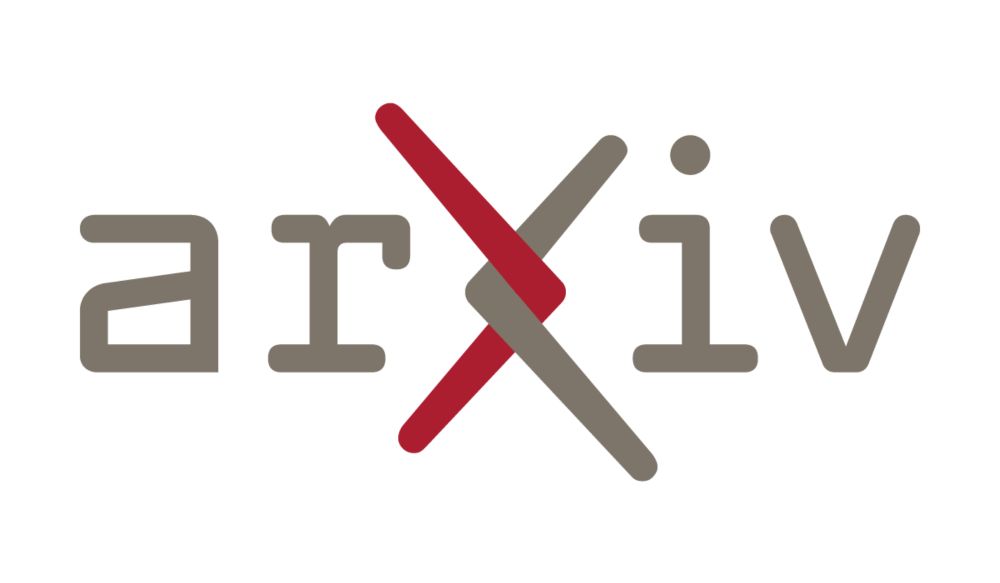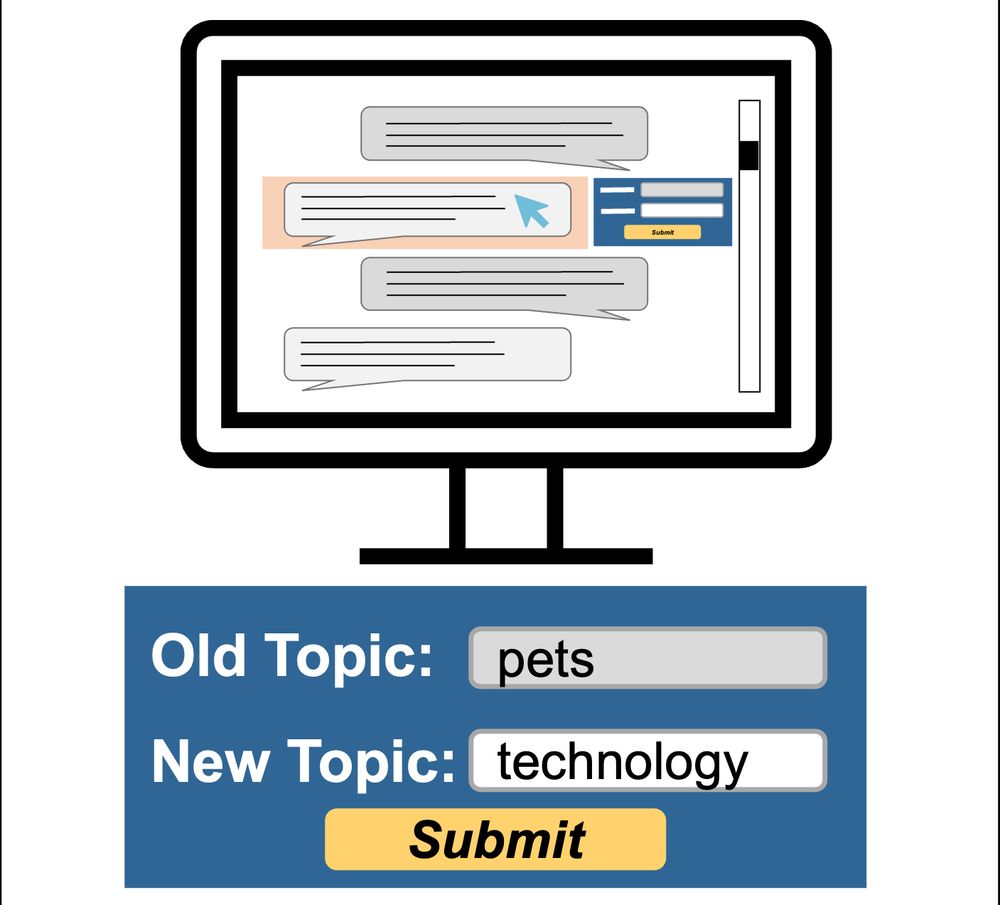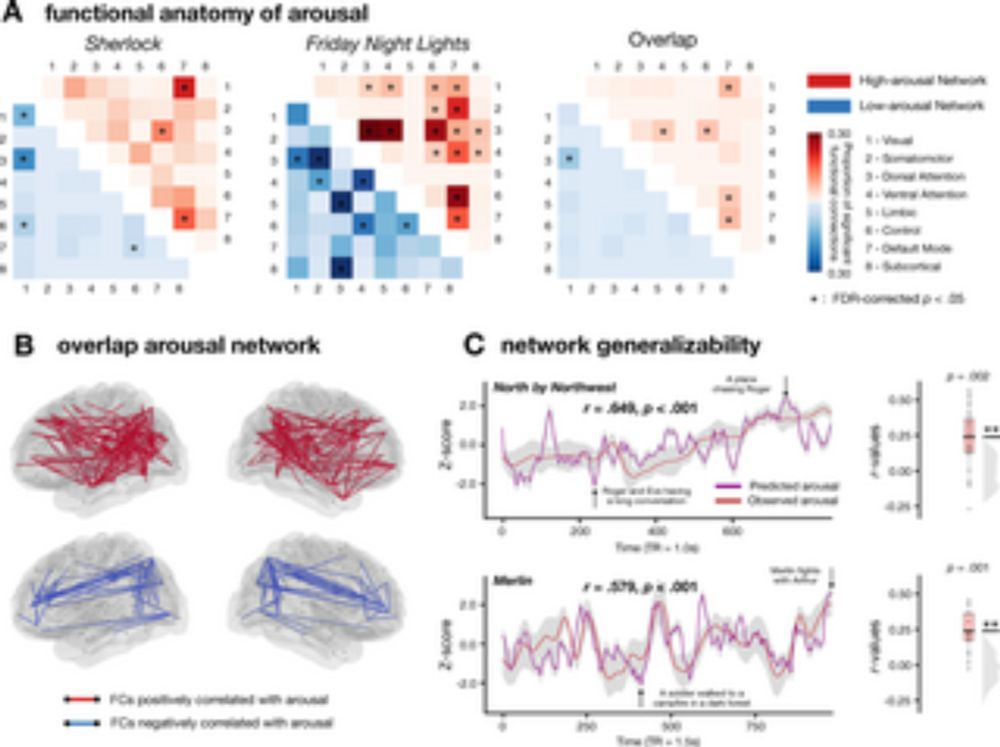
Thank you to the reviewers and editors for encouraging, insightful and helpful comments. We will be revising the paper, stay tuned!
Thank you to the reviewers and editors for encouraging, insightful and helpful comments. We will be revising the paper, stay tuned!

Learn more: bit.ly/3Lec2Gf
@jadynpark.bsky.social @ycleong.bsky.social

Learn more: bit.ly/3Lec2Gf
@jadynpark.bsky.social @ycleong.bsky.social

www.biorxiv.org/content/10.1...
@introspection.bsky.social + @escross.bsky.social

www.biorxiv.org/content/10.1...
@introspection.bsky.social + @escross.bsky.social

We built an RNN🤖 with key-value episodic memory that learns causal relationships between events and retrieves memories like humans do!
Preprint www.biorxiv.org/content/10.1...
w/ @qlu.bsky.social, Tan Nguyen &👇

We built an RNN🤖 with key-value episodic memory that learns causal relationships between events and retrieves memories like humans do!
Preprint www.biorxiv.org/content/10.1...
w/ @qlu.bsky.social, Tan Nguyen &👇
Great new review by Fenerci & @signysheldon.bsky.social in @cp-trendscognsci.bsky.social!
www.cell.com/trends/cogni...

Great new review by Fenerci & @signysheldon.bsky.social in @cp-trendscognsci.bsky.social!
www.cell.com/trends/cogni...
We provide evidence that gaze reinstatement & neural reactivation are deeply related phenomena that jointly reflect the experiences constructed during recall. doi.org/10.1038/s414...
🧵1/9

We provide evidence that gaze reinstatement & neural reactivation are deeply related phenomena that jointly reflect the experiences constructed during recall. doi.org/10.1038/s414...
🧵1/9
Our mind wanders at rest. By periodically probing ongoing thoughts during resting-state fMRI, we show these thoughts are reflected in brain network dynamics and contribute to pervasive links between functional brain architecture and everyday behavior (1/10).
doi.org/10.1101/2025...

Our mind wanders at rest. By periodically probing ongoing thoughts during resting-state fMRI, we show these thoughts are reflected in brain network dynamics and contribute to pervasive links between functional brain architecture and everyday behavior (1/10).
doi.org/10.1101/2025...
Our attention changes over time and differs across contexts—which is reflected in the brain🧠 Fitting a dynamical systems model to fMRI data, we find that the geometry of neural dynamics along the attractor landscape reflects such changes in attention!
www.biorxiv.org/content/10.1...

Our attention changes over time and differs across contexts—which is reflected in the brain🧠 Fitting a dynamical systems model to fMRI data, we find that the geometry of neural dynamics along the attractor landscape reflects such changes in attention!
www.biorxiv.org/content/10.1...
www.sciencedirect.com/science/arti...

www.sciencedirect.com/science/arti...
Seems like it could be a game changer for studying embodied turn-taking & mutual adaptation complementary with CANDOR, etc...
arxiv.org/abs/2506.22554

Seems like it could be a game changer for studying embodied turn-taking & mutual adaptation complementary with CANDOR, etc...
arxiv.org/abs/2506.22554
Thread 👇

Thread 👇


#CASNL@SANS


#CASNL@SANS
Preprint here: www.biorxiv.org/content/10.1...
Preprint here: www.biorxiv.org/content/10.1...
work with the best team: @hayoungsong.bsky.social @Zihan Bai @monicarosenb.bsky.social @ycleong.bsky.social
dx.plos.org/10.1371/jour...

work with the best team: @hayoungsong.bsky.social @Zihan Bai @monicarosenb.bsky.social @ycleong.bsky.social
dx.plos.org/10.1371/jour...



